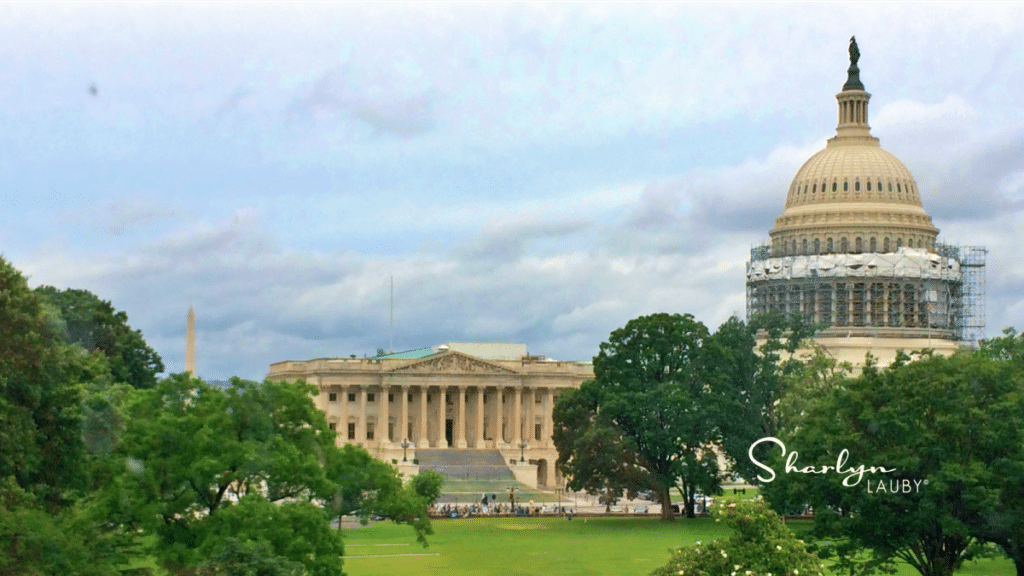Legislative Update: New FLSA Overtime Changes Proposed

One of the essential components of our human resources role is compliance. Some people might say it’s not very sexy, but that doesn’t matter, because it’s important. And as much as the business doesn’t like hearing about compliance matters, they really don’t like hearing when the company isn’t in compliance.
So, when major legislation changes are on the horizon, it’s important to take notice. If you’re a member of the Society for Human Resource Management (SHRM), you’ve probably received several notices lately about proposed changes to the Fair Labor Standards Act (FLSA). Here are a few articles about the proposed rule:
Notice of Proposed Rulemaking: Overtime Update [U.S. Department of Labor]
Department of Labor Announces New Proposed Overtime Rule [Paycom blog]
Proposed Overtime Rule Covers More Workers [SHRM]
To understand what’s going on, I reached out to Matt Paque, vice president of legal and compliance at Paycom. Just a reminder that Matt’s comments should not be construed as legal advice or as pertaining to any specific factual situations. He has a full-time job and is doing this as a giveback to the profession. If you have specific or detailed questions, go ahead and address directly with your friendly neighborhood labor attorney.
Matt, let’s start with some history. Back in 2016, the government proposed some FLSA overtime changes. Did those happen? I thought that pretty much fizzled with the change in administrations.
[Paque] The proposed FLSA changes by the U.S. Department of Labor under the Obama administration were invalidated in 2017 when Judge Amos Mazzan of the Eastern District of Texas determined that the 2016 Final Rule issued by the U.S. Department of Labor, which increased the minimum salary threshold to $47,476, was not a valid action by the agency.
So, all the work we did back in 2016 didn’t happen. Now there’s a new proposal. I know you don’t have a crystal ball, but what are the chances that this is really going to happen (versus another false alarm for employers)?
[Paque] Currently, this is only a proposed rule, so employers do not need to make efforts to comply just yet. However, it is a good idea to take steps toward understanding just how substantially these proposed salary levels could cost your business.
How different is the 2019 proposal from 2016? My point being, if I have my implementation and communications plan from 2016 sitting around the office, can I dust it off and just pick up where I left off?
[Paque] The current changes differ slightly, with the most significant difference being the minimum salary threshold.
If I shredded my 2016 implementation plan and need to start over, what are 2-3 things I need to do this time around for starters?
[Paque] Employers should consider two things:
- Evaluating how many employees earn an annual salary below the new, proposed levels – $35,308 annually for standard, white-collar employees, and $147,414 annually for highly compensated employees.
- Understanding how much overtime is earned by the employees who are making less than the proposed levels in #1.
Knowing these two things will help you estimate just how much a potential increase could cost your business.
Last question, since this is still just a proposal, where I can stay on top of what’s happening?
[Paque] You can visit the Paycom blog for the latest on overtime expansion or check the U.S. Department of Labor’s website.
I want to extend a huge thanks to Matt for dropping everything and sharing with us the latest about this important piece of proposed legislation. While it’s still just a proposal, this is the second time in less than five years that we’ve seen a conversation about overtime. Organizations will want to watch the conversation.
Image captured by Sharlyn Lauby after speaking at the SHRM Annual Conference in Washington, DC
24